What Is Mole Mexican Dish? A Flavorful Journey Through Global Spice Traditions
Spices have been the heart of culinary traditions across the world, and no dish better embodies this than what is mole mexican dish. This rich, complex sauce is a staple in Mexican cuisine and a symbol of cultural heritage. In this article, we’ll dive deep into the history, ingredients, and global influence of mole—plus, you’ll find practical tips and a detailed buying guide to help you bring its bold flavors home.
Table of Contents
- What Is Mole Mexican Dish?
- Types of Mole: From Classic to Rare
- Cooking Tips for Mole Enthusiasts
- Buying Guide: Choosing the Best Mole Ingredients
- Global Spice Traditions: How Mole Inspired the World
- Conclusion
What Is Mole Mexican Dish?
When someone asks, what is mole mexican dish, the answer isn’t simple—but that’s exactly what makes it fascinating. Mole is more than just a sauce; it’s a culinary masterpiece that combines over 20 ingredients, including chiles, chocolate, nuts, spices, and sometimes even fruit or seeds.
Mole has deep roots in Mesoamerican culture, with some historians tracing its origins back to the Aztec Empire. It was once considered a sacred food, reserved for royalty and special occasions. Today, it’s a beloved part of Mexican cuisine, especially in dishes like mole poblano, mole negro, and mole verde.
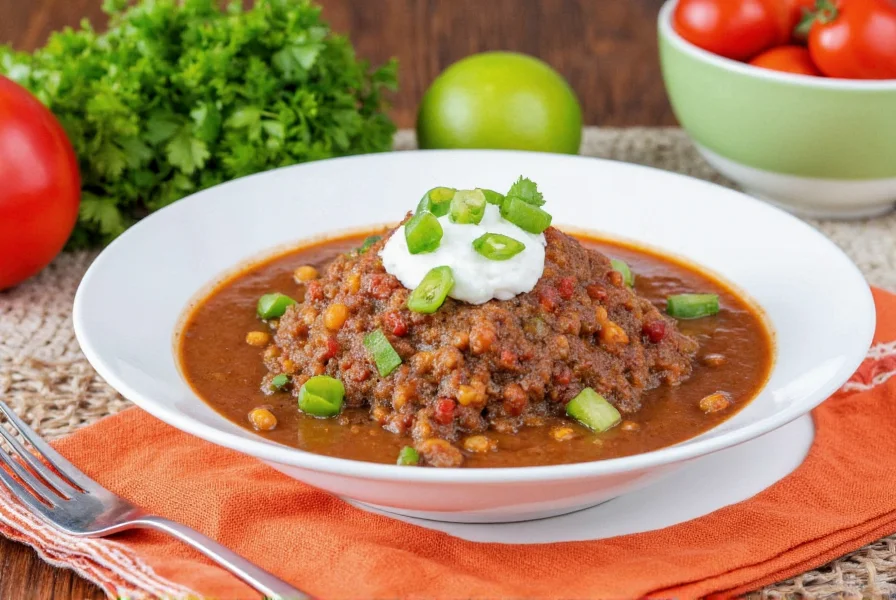
One of the most unique aspects of mole is its complexity. Unlike a typical sauce, mole requires hours of preparation, blending, and careful balancing of flavors. The result is a deep, savory, slightly sweet, and often spicy sauce that can elevate any dish—from chicken to tacos to enchiladas.
The phrase what is mole mexican dish might seem straightforward, but the answer reveals a world of depth and tradition. Whether you’re a seasoned chef or a spice enthusiast, understanding mole is like unlocking a new dimension of flavor.
Types of Mole: From Classic to Rare
There are several types of mole, each with its own distinct character and regional origin. Here’s a quick breakdown:
| Mole Type | Description | Key Ingredients |
|---|---|---|
| Mole Poblano | The most famous variety, made with chili peppers, tomatoes, and chocolate. | Chili, chocolate, tomatoes, almonds, sesame seeds |
| Mole Negro | A dark, intense sauce with a smoky flavor, made from dried chiles and chocolate. | Dried chiles, chocolate, nuts, spices |
| Mole Verde | A green sauce made with tomatillos, herbs, and avocado. | Tomatillos, cilantro, avocado, green chiles |
| Mole Amarillo | A yellow sauce with a mild heat and a citrusy undertone. | Yellow chiles, tomatoes, garlic, onions |
| Mole de Rana | A rare and traditional sauce featuring frog meat (not commonly available today). | Frog, chiles, spices, nuts |
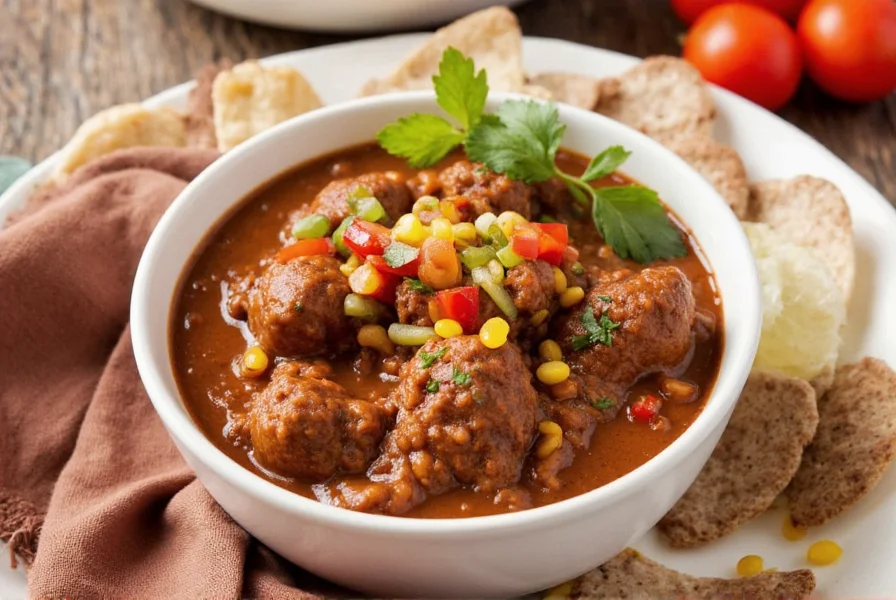
Each type of mole tells a story of its region and the people who created it. For example, mole negro comes from Oaxaca, where the use of chocolate and chiles is deeply embedded in local cooking. On the other hand, mole verde reflects the agricultural abundance of the central highlands, where tomatillos and herbs thrive.
Cooking Tips for Mole Enthusiasts
If you're ready to try making mole at home, here are some practical tips to ensure your sauce is a hit:
- Use fresh ingredients: Fresh chiles, herbs, and spices make a huge difference in flavor.
- Toast your chiles: Toasting chiles enhances their flavor and adds depth to the sauce.
- Blend with care: Use a blender or food processor to create a smooth consistency, but be careful not to over-blend.
- Let it simmer: Mole needs time to develop its full flavor, so don't rush the process.
- Experiment with sweetness: Depending on the type of mole, you may need to adjust the balance between sweet and savory elements.
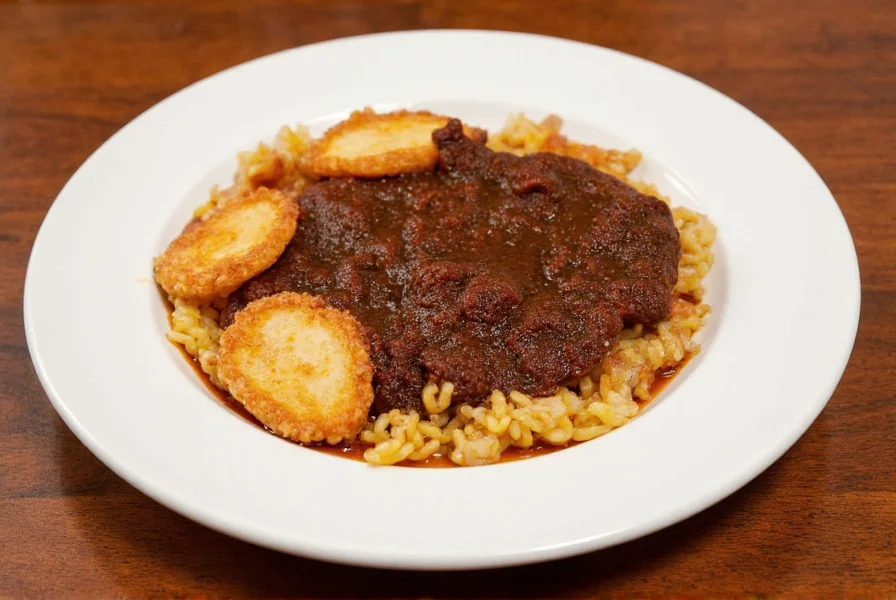
One of the biggest challenges when making mole is achieving the perfect balance of flavors. Some people add sugar or honey to counteract the spiciness, while others rely on the natural sweetness of chocolate or fruit. It's all about personal taste—and that’s what makes mole such a rewarding dish to cook.
Buying Guide: Choosing the Best Mole Ingredients
Whether you're looking to buy pre-made mole or gather the ingredients yourself, there are a few key things to consider. Here's a detailed buying guide to help you make informed choices:
Best Mole Brands
- La Voz del Pueblo Mole Poblano: A popular choice known for its authentic flavor and quality ingredients.
- Alimento Mole: Offers a range of mole varieties, including classic and vegan options.
- El Tamarindo Mole: A specialty brand that emphasizes traditional recipes and organic ingredients.
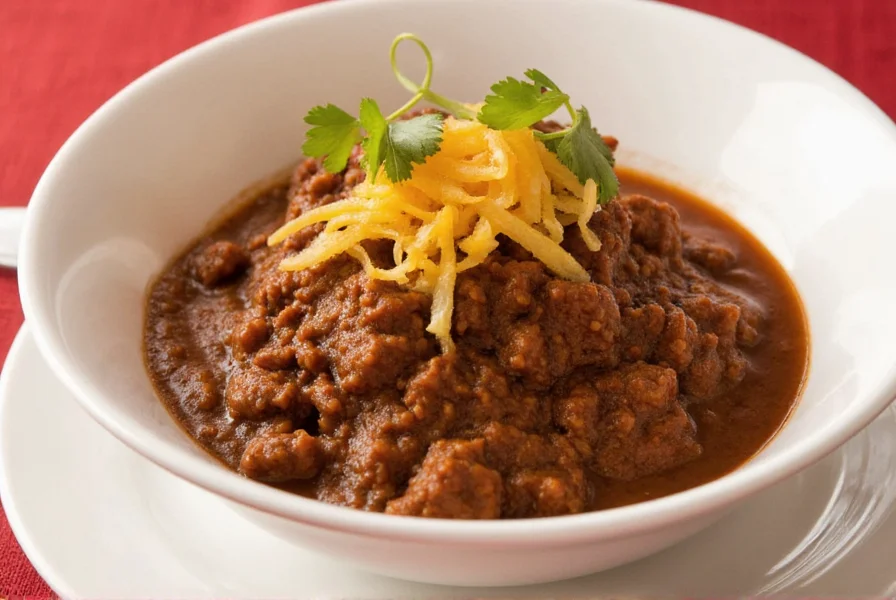
Ingredients to Look For
If you're buying individual ingredients for homemade mole, look for:
- Chiles: Ancho, pasilla, or mulato chiles are common in mole.
- Chocolate: Use unsweetened or bittersweet chocolate for a more authentic taste.
- Nuts: Almonds, peanuts, or sesame seeds are often used in mole sauces.
- Spices: Cinnamon, cloves, and cumin are essential for depth and warmth.
- Tomatoes: Add a tangy base to many mole varieties.
Where to Buy
You can find mole ingredients at:
- Local Mexican markets or specialty grocery stores
- Online retailers like Amazon or specialty spice shops
- Health food stores that carry organic and ethnic ingredients
For those interested in what is mole mexican dish, buying high-quality ingredients is the first step toward creating an exceptional sauce. Whether you choose to purchase pre-made mole or make it from scratch, the right ingredients will make all the difference.
Global Spice Traditions: How Mole Inspired the World
While mole is undeniably a Mexican treasure, its influence extends far beyond the borders of Mexico. The use of chiles, chocolate, and complex spice blends can be found in various cuisines around the world. Let’s take a look at how mole has inspired global spice traditions:
- Latin American Cuisine: Mole has influenced the development of similar sauces in countries like Peru, Colombia, and Guatemala, where chile-based salsas and stews are common.
- Caribbean Cooking: The use of spices and fermented ingredients in Caribbean dishes echoes the complexity of mole.
- European Fusion Dishes: Chefs in Europe have started experimenting with mole in modern fusion cuisine, blending it with Italian or French techniques.
- Asian Adaptations: Some Asian chefs have incorporated mole into their dishes, using it as a flavor booster in curries or stir-fries.
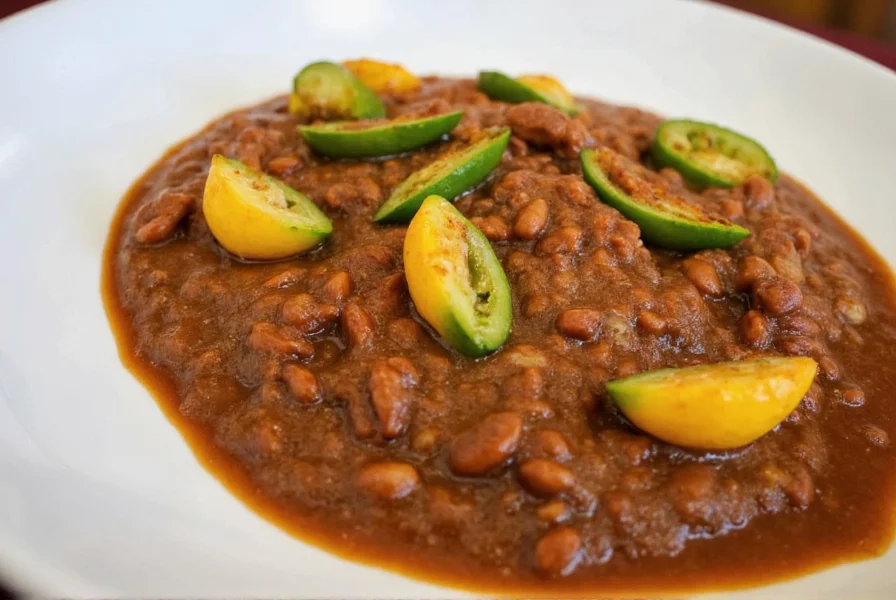
The global fascination with mole shows how powerful and adaptable spice traditions can be. As more people explore the world of flavors, the concept of what is mole mexican dish becomes even more relevant—not just as a question, but as an invitation to experience something truly unique.
Conclusion
From its rich history to its complex flavor profile, mole is more than just a sauce—it’s a cultural icon. When you ask what is mole mexican dish, you’re opening the door to a world of tradition, creativity, and flavor. Whether you’re cooking it at home, trying it at a restaurant, or simply learning about it, mole offers something for everyone.
With the right ingredients, a little patience, and a willingness to experiment, you can bring the essence of mole into your kitchen. And remember, every mole recipe is a reflection of its maker—just like every spice tradition tells a story of its people.
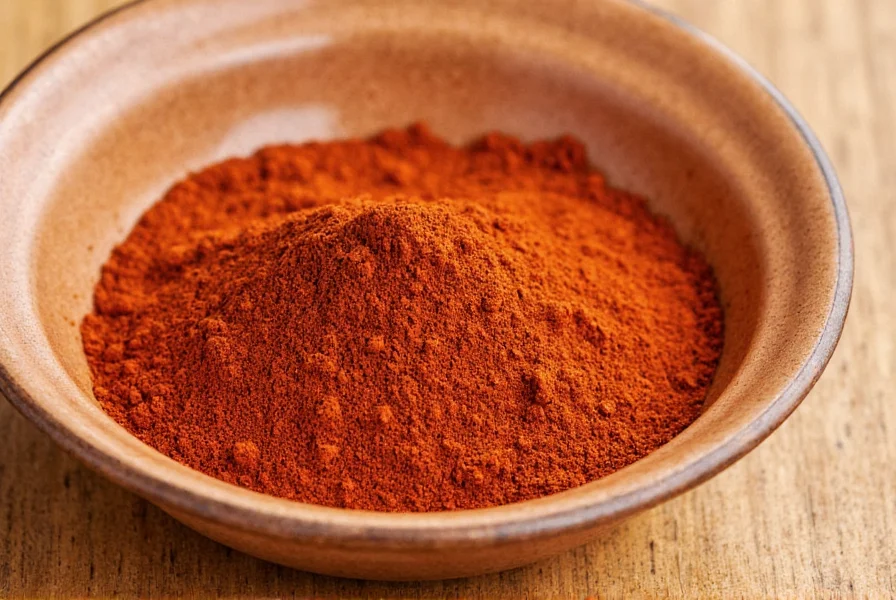

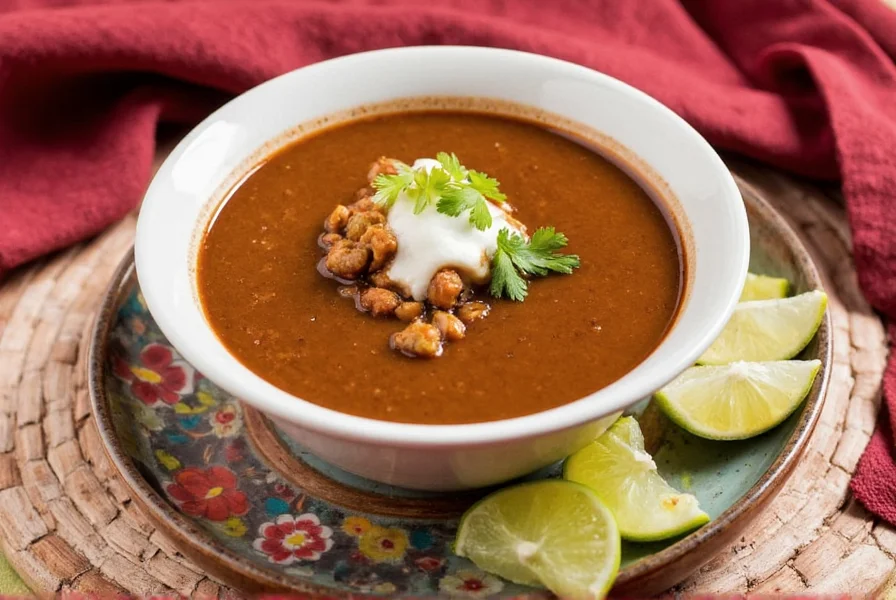









 浙公网安备
33010002000092号
浙公网安备
33010002000092号 浙B2-20120091-4
浙B2-20120091-4